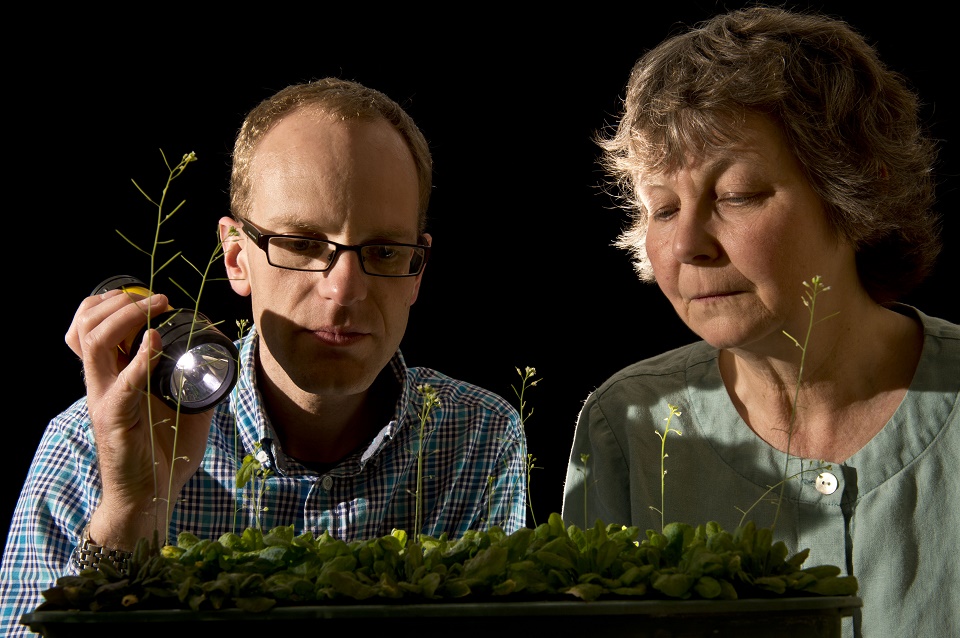
New research suggests that plants have an inbuilt ability to do the math, which helps them to regulate nutrients.
Researchers at The John Innes Centre which is an independent center for research and training in plant and microbial science has examined the plant Arabidopsis. The scientists managed to create a model that shows the plant consumption of starch at night.
Since during nighttime, the plant cannot use energy from sunlight to convert carbon dioxide into sugars and starch, instead it needs to regulate its starch reserves to ensure they last throughout the night.
The model shows that the consumption is strictly regulated and calculated by division in a process involving leaf chemicals. Professor Martin Howard at the John Innes Centre writes; “This is the first concrete example in biology of such a sophisticated arithmetic calculation”.
Mechanisms inside the leaf measure the amount of starch that is stored during the night. With this information and the time provided by an internal clock, similar to our own internal clock, the plant regulates its starch to last the whole night.
The scientists outline a process that is mediated by concentrations of the molecules called “S” for starch and “T” for time. One stimulating starch breakdown and the other preventing it with the ratio between them (S divided by T) “drives” the process.
The scientists also speculate that birds use similar methods, although probably more advanced, in their ability to preserve fat during migrations.
_______________
Scialdone et al. Arabidopsis plants perform arithmetic division to prevent starvation at night, eLife 2013;2:e00669.
______________________________











![OpenAI. (2025). ChatGPT [Large language model]. https://chatgpt.com](https://www.illustratedcuriosity.com/files/media/55136/b1b0b614-5b72-486c-901d-ff244549d67a-350x260.webp)
![OpenAI. (2025). ChatGPT [Large language model]. https://chatgpt.com](https://www.illustratedcuriosity.com/files/media/55124/79bc18fa-f616-4951-856f-cc724ad5d497-350x260.webp)
![OpenAI. (2025). ChatGPT [Large language model]. https://chatgpt.com](https://www.illustratedcuriosity.com/files/media/55099/2638a982-b4de-4913-8a1c-1479df352bf3-350x260.webp)








